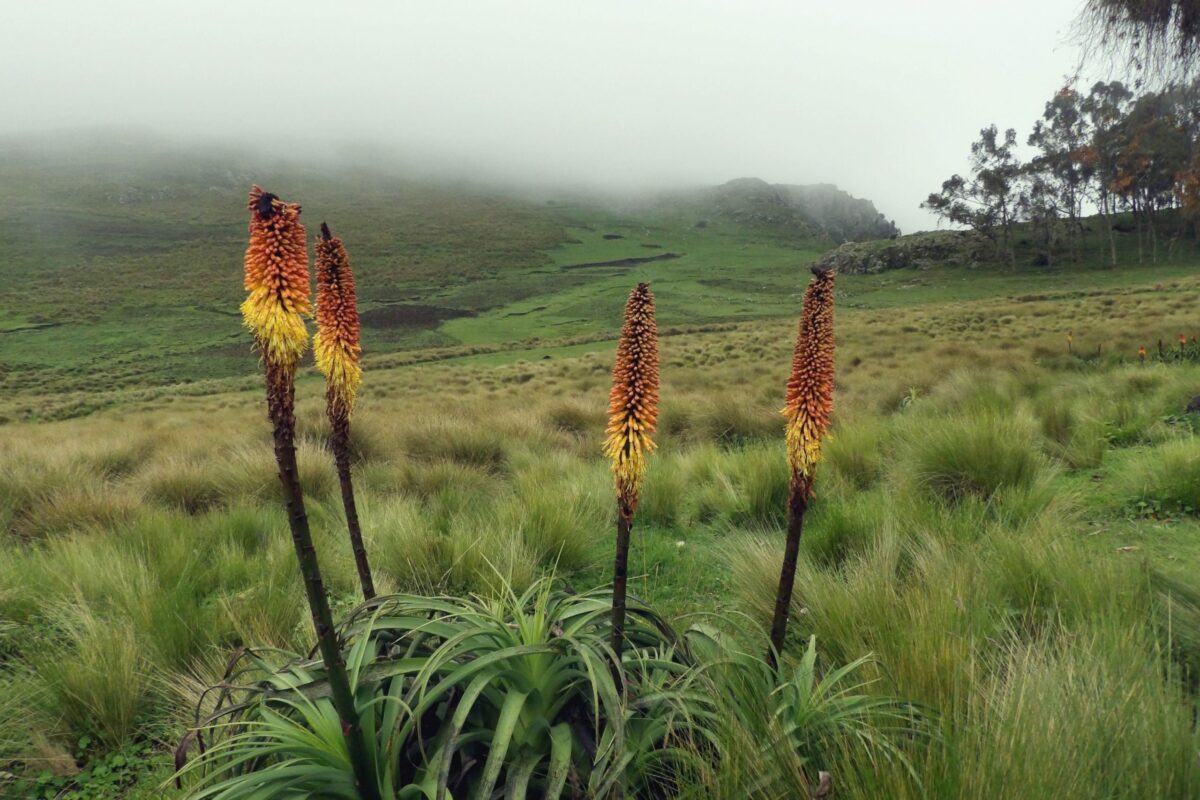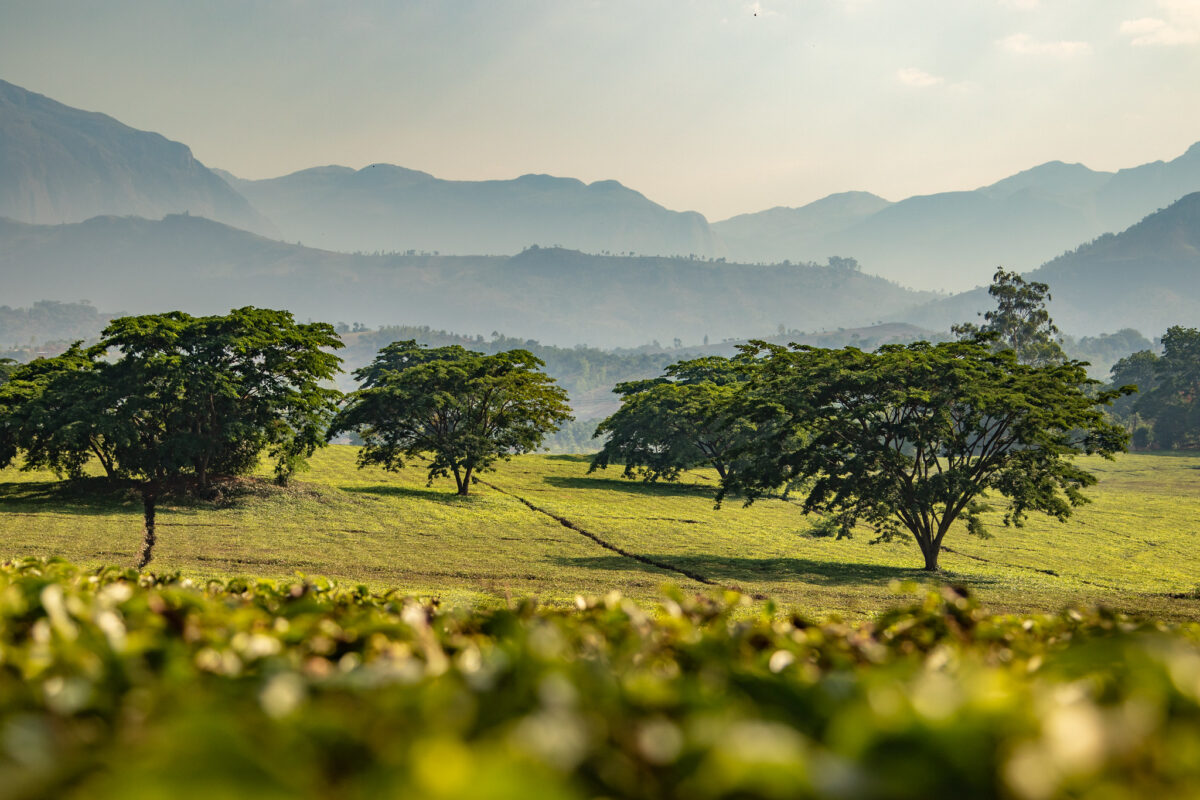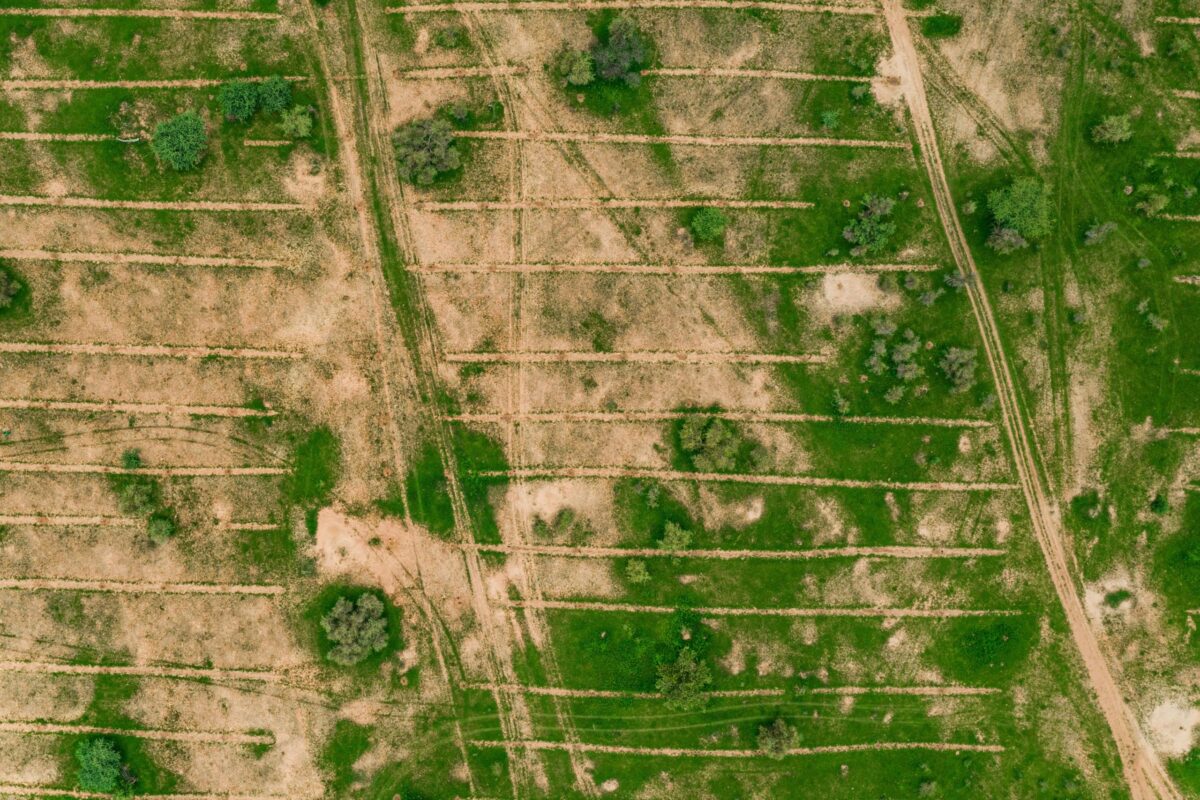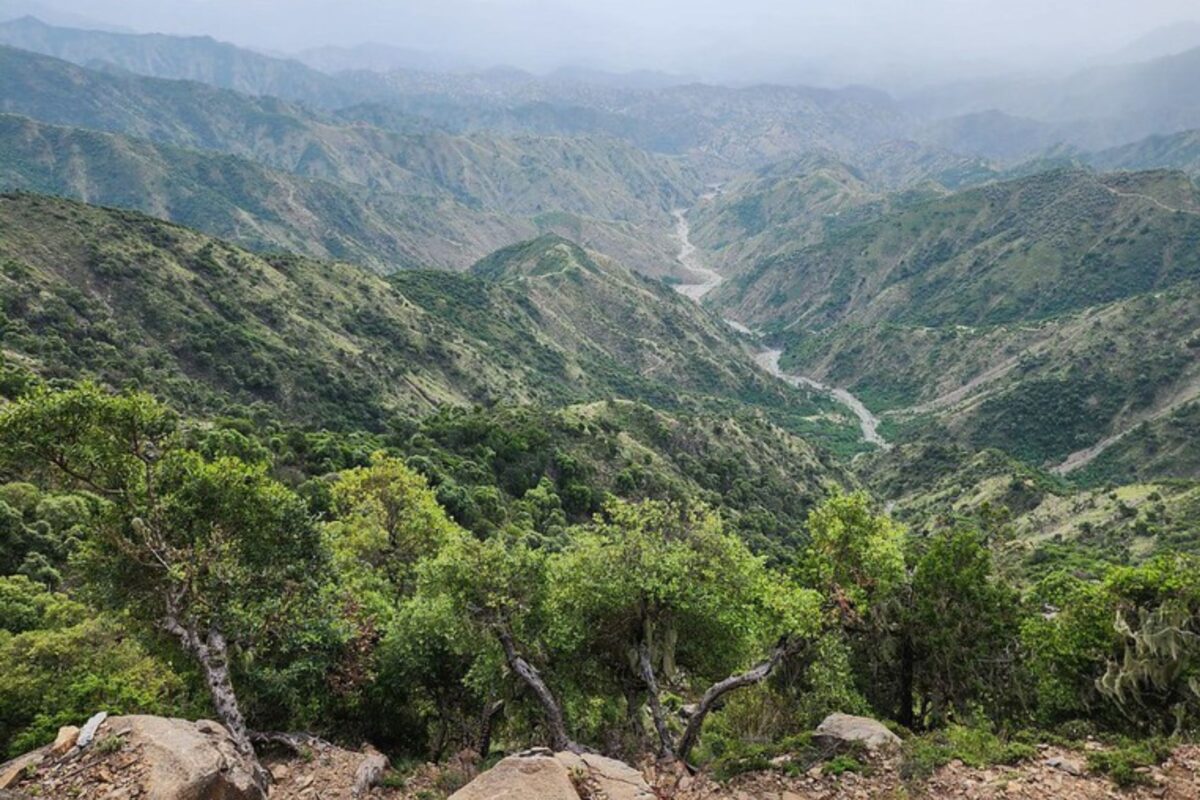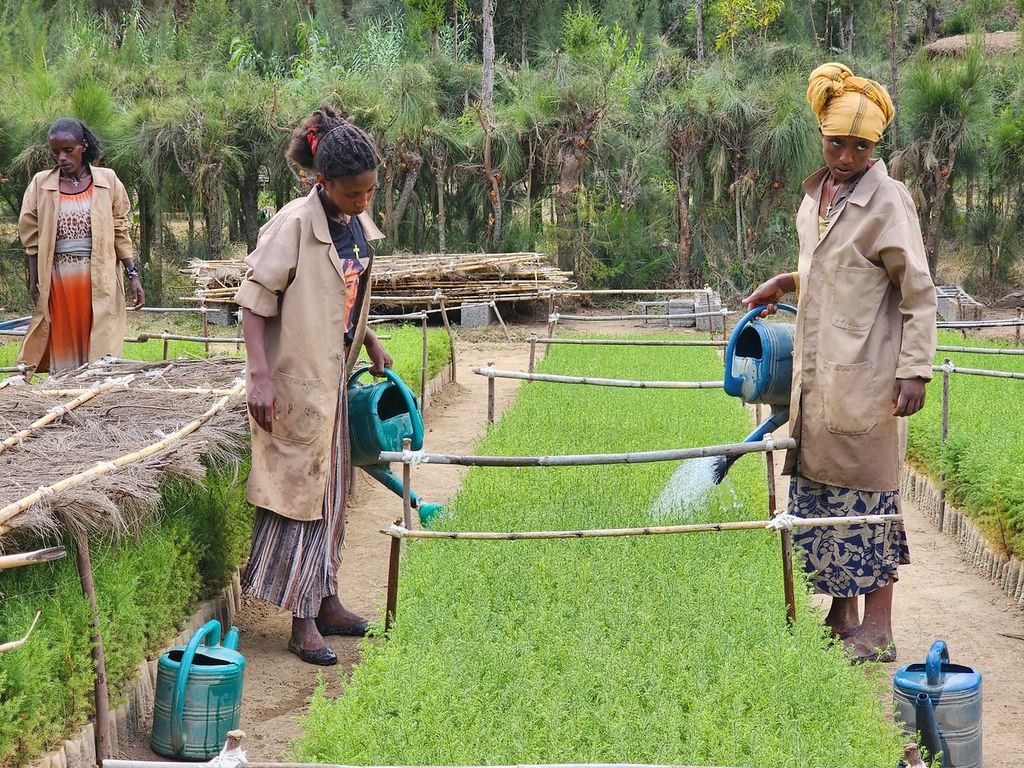A recent study by WeForest’s Ethiopia manager and collaborators highlights the need for proper management of Ethiopia’s important frankincense woodlands. The study identifies a species of wood-boring longhorn beetle as responsible for the loss of up to 8% of frankincense trees per year in Ethiopia’s Tigray region. This research highlights the need for further management intervention to reduce the ecological and economic impacts of these beetles on Ethiopia’s frankincense woodlands.
In the dry lowlands of Ethiopia, the important white frankincense tree Boswellia papyrifera (Del.) Hochst is under threat from a species of wood-boring beetle. This has serious consequences for both the country’s economy and the livelihoods of the rural poor in these dryland communities. Frankincense (the white oleo-gum resin) is of economical, ecological and cultural value in Ethiopia where it is burnt as incense in temple rituals and is traded as a key commodity for use in the cosmetic and pharmaceutical industries.
A recent publication by Aklilu Negussie (WeForest’s Ethiopia project manager) and collaborators has shown that B. papyrifera and its distinctive ecosystem are at risk (Negussie et al., 2018). This study identified that a species of longhorn beetle, Idactus spinipennis is causing the mortality of up to 8% of frankincense trees per year in Ethiopia’s Tigray region. The estimated economic loss due to beetle damage was found to be higher in unmanaged vs managed Boswellia woodlands with an average loss per hectare of $137 in some areas.
The study also focused on characterising the entire life cycle of the beetle – an important first step which can inform future management strategies to reduce tree mortality and lessen the ecological and economical impacts of beetle damage. This study highlights the need for an integrated approach to managing Ethiopia’s remaining Boswellia woodlands. Management efforts need to address further degradation and loss resulting not only from insect damage but also from unsustainable harvesting of tree products, agricultural land expansion, fire, livestock pressure and drought.
Read study here.


